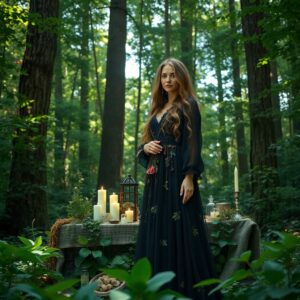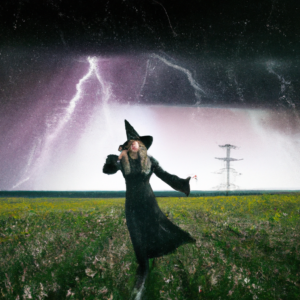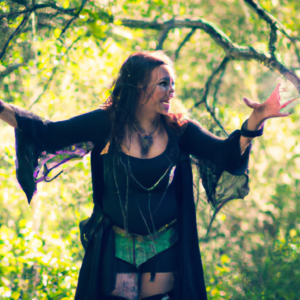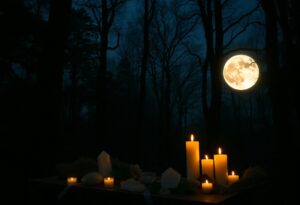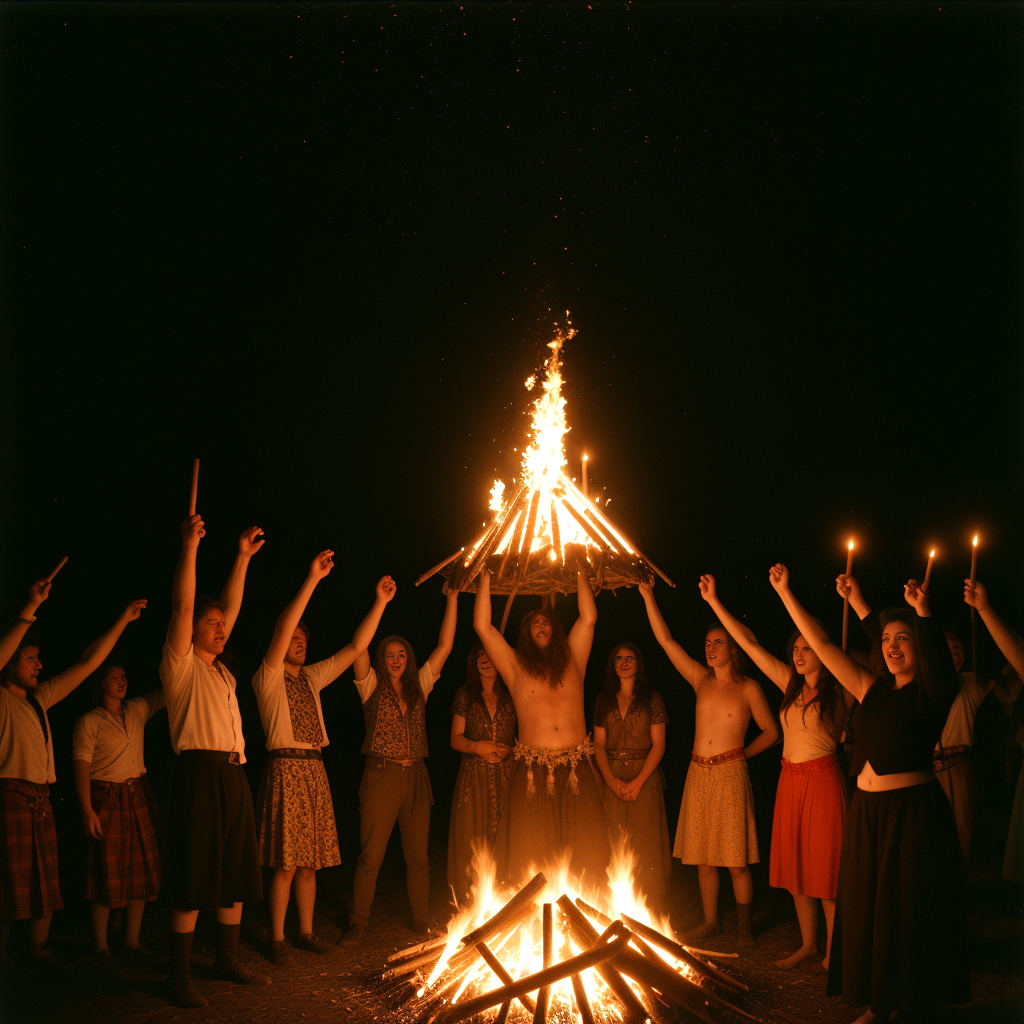
Celebrating Beltane
Ah, the sweet scent of springtime, when nature adorns itself with a vibrant palette of colors and the earth warms under the sun’s gentle touch. It’s a time of rebirth and fertility, a time that inspired one of the most joyous and fascinating festivals in ancient Celtic culture – Beltane. Let’s embark on a journey through time to explore Beltane’s origins, its rich history, and how it continues to be celebrated today.
Origins of Beltane
Celtic lore speaks of a time when seasons were not marked by the calendar dates we know today, but rather by the cycles of the earth and the heavens. Beltane, traditionally celebrated from sundown on April 30 to sundown on May 1, hailed the beginning of summer in ancient Celtic traditions. The word ‘Beltane’ stems from the Celtic god ‘Bel’, meaning ‘the bright one’, and the Gaelic word ‘teine’ meaning fire. Together they make ‘Bright Fire’, and as you’ll soon see, fire plays a significant role in this celebration.
Beltane in History
The festival of Beltane was observed in Ireland, Scotland, and the Isle of Man, marking the peak of spring and the beginning of summer. It was a time of optimism and celebration, a chance to bid adieu to the harsh winter and embrace the warmth and fertility of summer.
Central to Beltane festivities was the Beltane Fire. Communities would extinguish all household fires and kindle a new, communal Beltane Fire, symbolic of the sun, to mark the return of life and fertility to the world. Cattle were driven between two such fires as a purification ritual before being led to their summer pastures.
Equally important were the Maypoles, tall wooden poles decorated with ribbons, flowers, and greenery. The Maypole dance, with its intertwining ribbons, symbolized the intertwining of the Divine Masculine and Feminine, resulting in the creation and abundance of life.
Beltane in Modern Times
While the world has changed dramatically since the days of the ancient Celts, the spirit of Beltane continues to thrive. Today, Beltane is celebrated by Wiccans, Pagans, and others who follow earth-based or nature-centered traditions.
In Edinburgh, the Beltane Fire Festival draws thousands of spectators each year. This modern interpretation of ancient Beltane traditions includes a dramatic procession culminating in the lighting of a massive bonfire, and performances that tell stories of mythology and the cycle of birth, death, and rebirth.
In the United States, gatherings often include Maypole dances, drum circles, and bonfires. Some groups incorporate a ritual called the Great Rite, symbolizing the union of the Goddess and God, into their celebrations.
In Ireland, the Uisneach Fire Festival celebrates Beltane at the Hill of Uisneach, a historic site associated with ancient Beltane fires. Attendees enjoy a mix of history, mythology, music, and a spectacular fire show.
In Conclusion
From its ancient Celtic origins to its modern interpretations, Beltane remains a celebration of life, fertility, and the joyful arrival of summer. It’s a reminder of our deep connection to the natural cycles of the earth, a connection that transcends time, culture, and geography. As we celebrate Beltane, we stoke the fires of creativity, passion, and inspiration within us, embracing the warmth, light, and infinite possibilities of the season.
No matter how you choose to celebrate this vibrant festival, may your Beltane be filled with joy, warmth, and the bright fires of inspiration. Happy Beltane!
